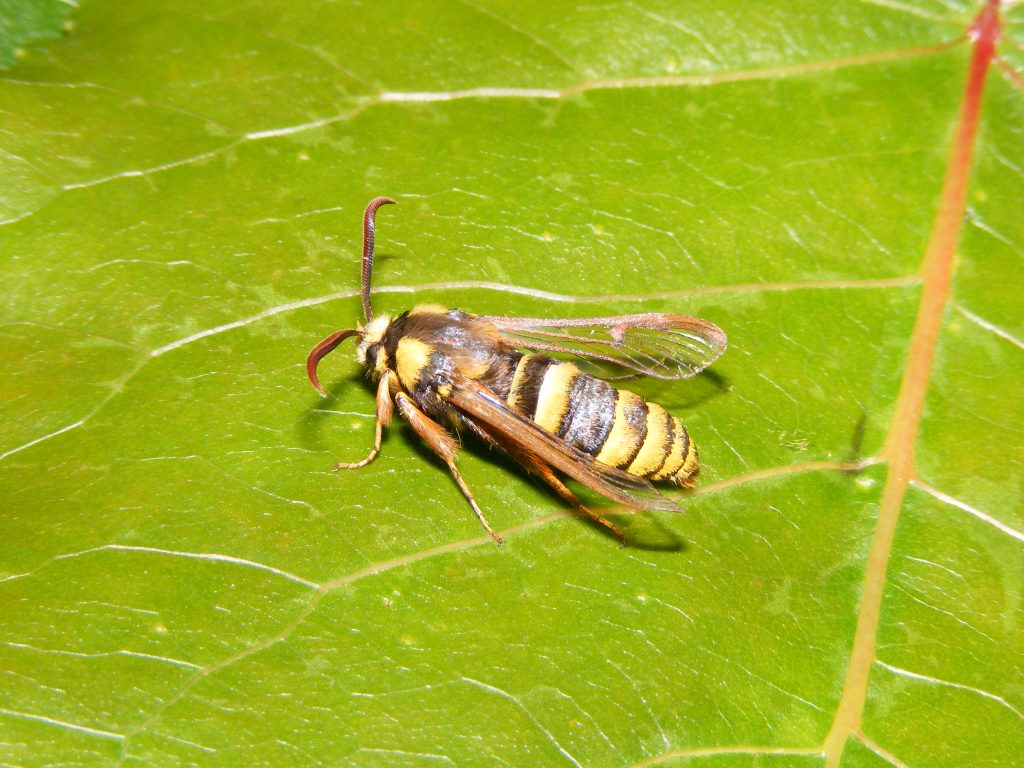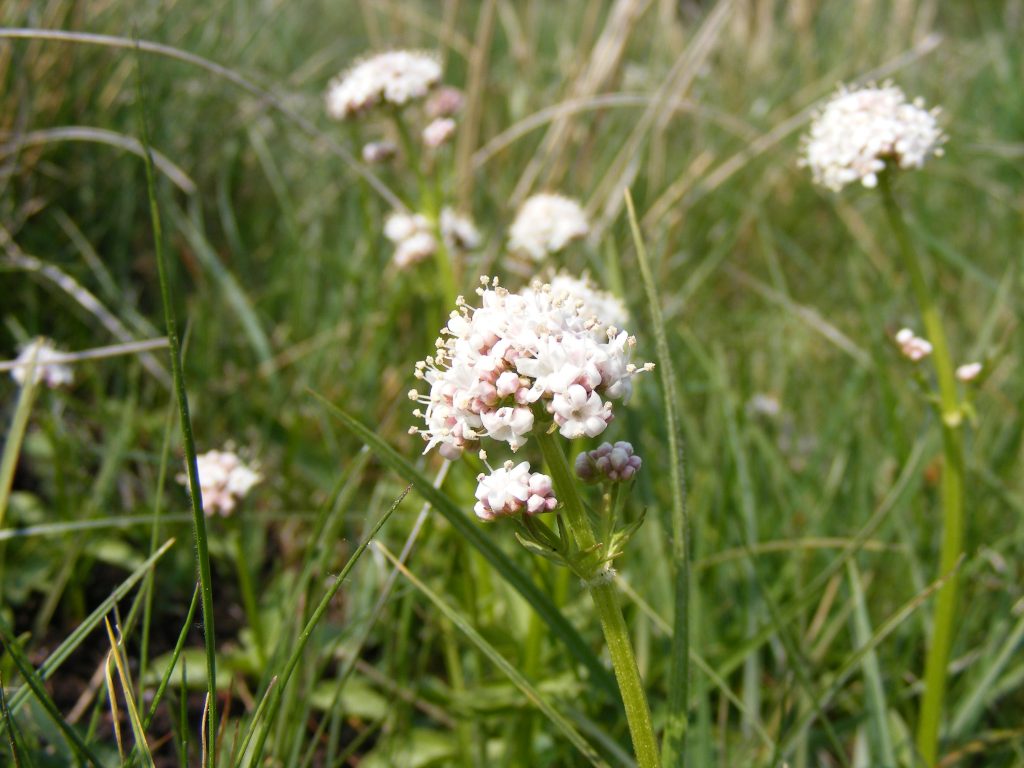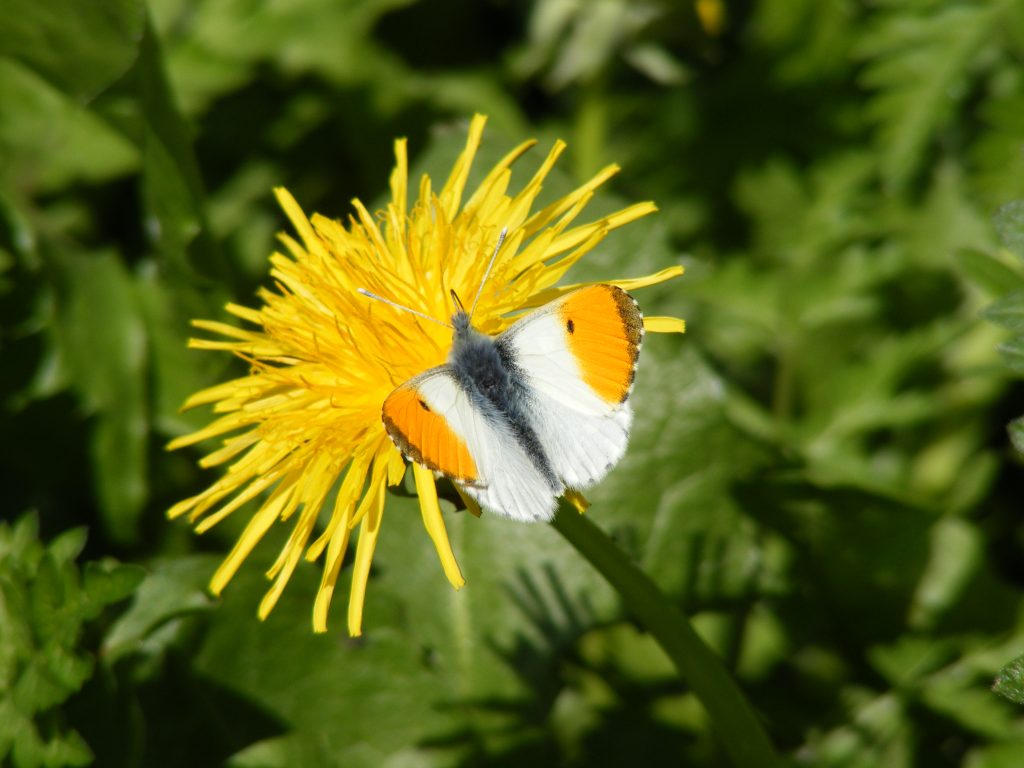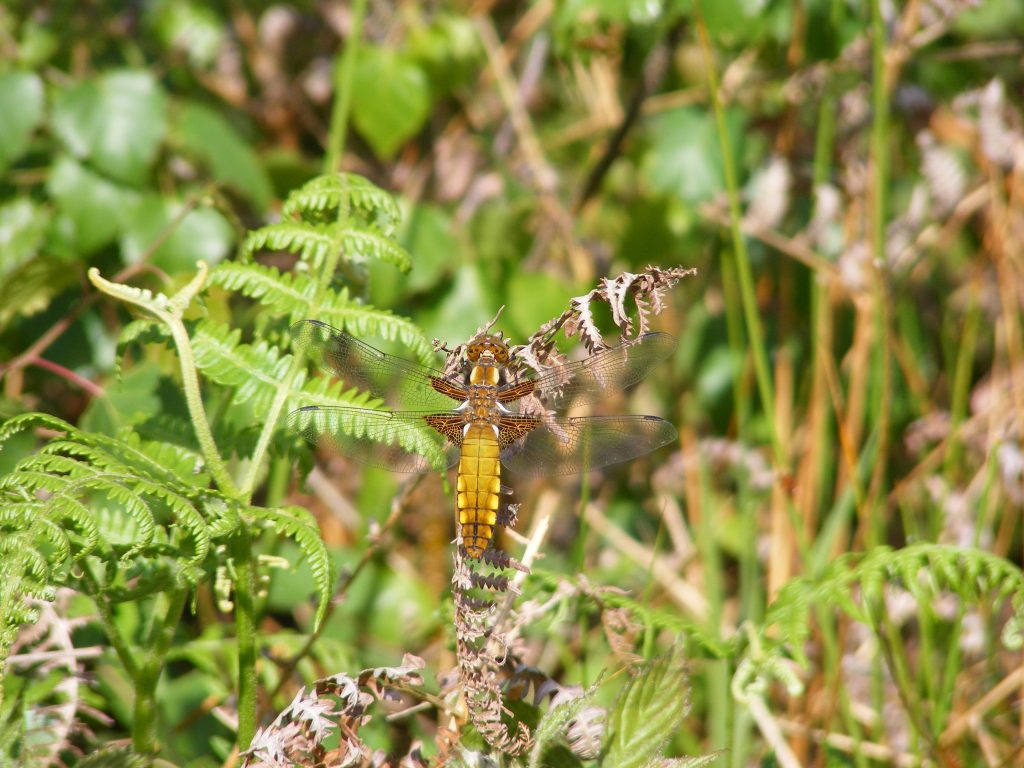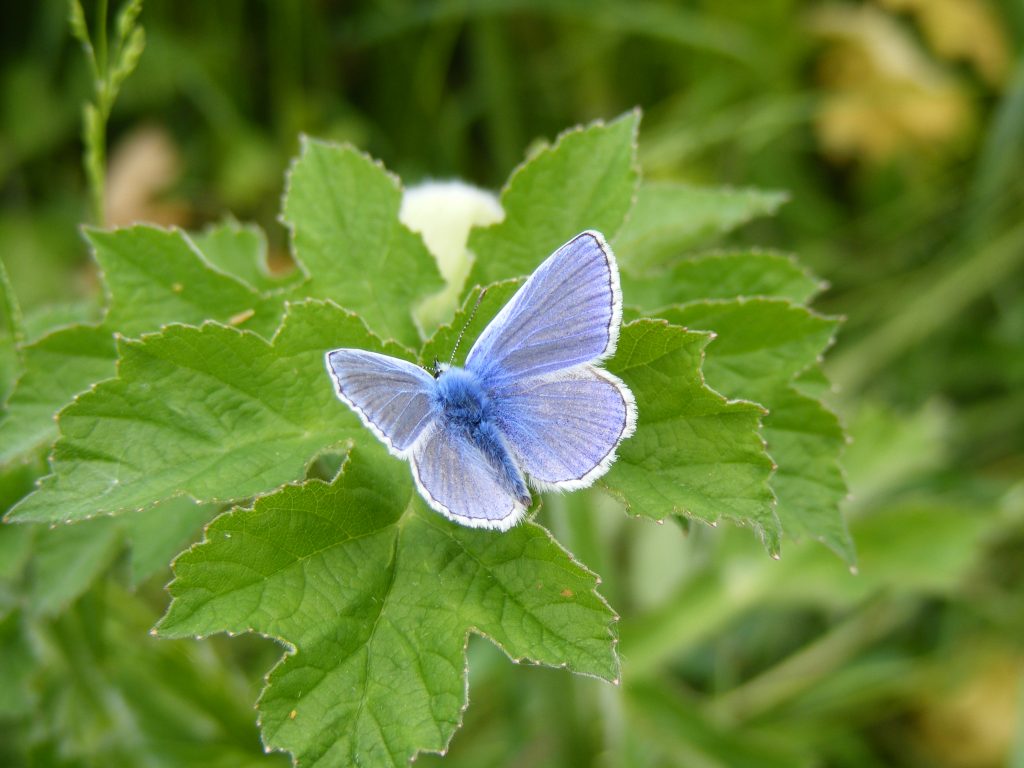Local residents will be aware of Anton Lakes Nature Reserve. Despite its size and urban setting, there is a variety of important habitats, ranging from lakes to grassland.
Wetlands provide ideal conditions for plants like the aromatic meadowsweet, water avens, marsh valerian, and cuckoo flower (foodplant of the orange-tip butterfly). There is a variety of showy orchids like southern marsh and pyramidal.
Anton River provides most of the life, keeping the lake warmer in winter. The river is teaming with brown trout. Their food, caddisflies, mayflies and stoneflies dance around on sunny days. Habitat provides shelter for wintering birds and has seen mandarin ducks occasionally visit.
Summer is when more life is seen. Standing by the lake on a warm day, you will hear the buzz of dragonflies patrolling. There are several large, colourful species like the grand, emperor and the broad-bodied chaser.
A familiar sight, butterflies, benefit from open grassland created by regular scrub removal and grazing. Extra light allows food and nectar plants to flourish. Common blue, small tortoiseshell, gatekeeper, and comma all thrive. Meadows can be teaming with brown grass loving butterflies like meadow brown joined by a chorus of grasshoppers and crickets in the long grass like the dark bush cricket.
Longer grassy and wooded areas benefit beetles like the red-headed cardinal. Goosegrass, the sticky plant that children love to play with, provides the food plant for the amazing bloody-nosed beetle, a beetle that gets its name from red blood like goo it creates to defend itself.
The site is important for both day and night flying moths including a large number of nationally scarce clearwings like hornet moth and red-tipped. Many of these depending on the wet willow areas for their survival.
There is a lot right on Andover’s doorstep, next time take a peek.
